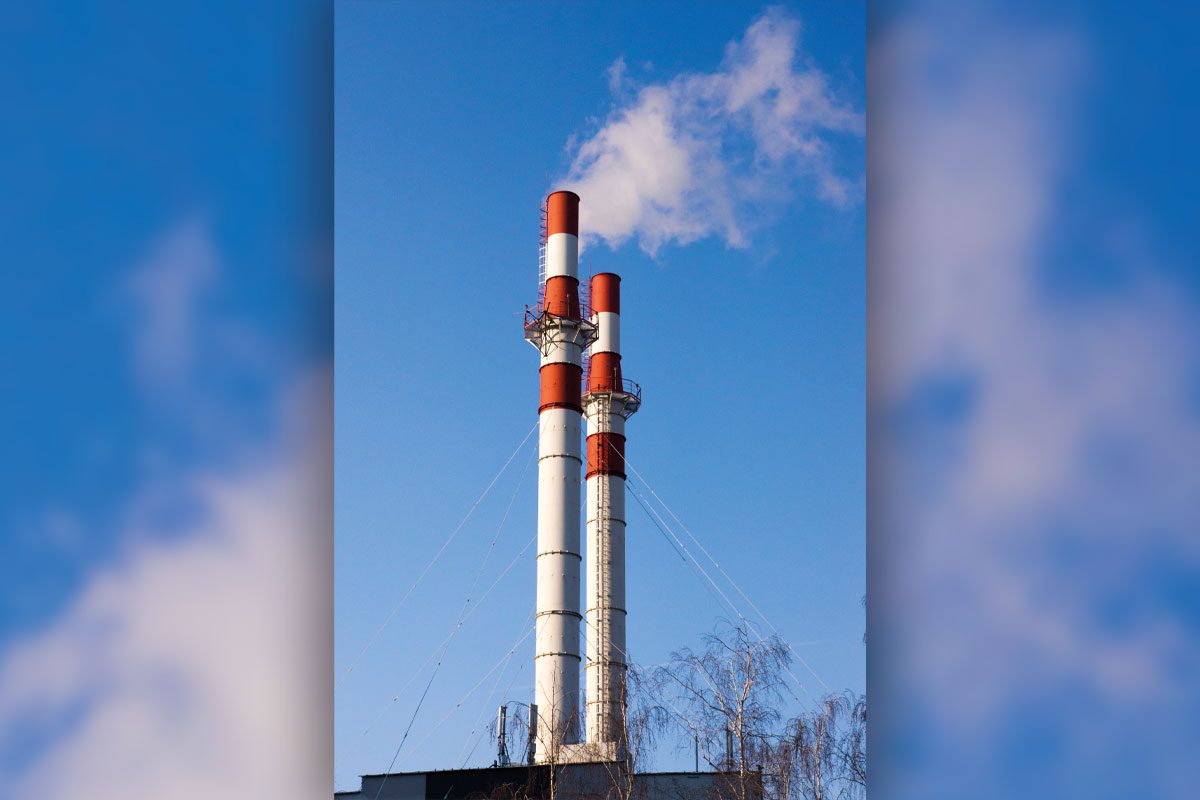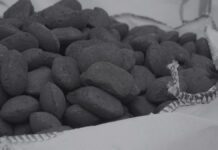Tightening legislation is placing pressure on firms to be able to monitor the gases they emit. Continuous Emissions Monitoring Systems (CEMS) can play an important role. Matthew Sumner of ABB Measurement & Analytics offers top tips for selecting the most appropriate solution
When it comes to choosing the right emissions measurement solution, there are several key factors that need to be weighed at the outset.
1. Start with the regulations
With regulations really driving the agenda when it comes to emissions monitoring, it pays to understand what you need to do and how you need to be doing it. Requirements will include the types of gases that need to be measured; which processes require monitoring; how often emissions levels need to be reported; the methods that need to be used in reporting and the types of equipment that should be used.
There will also be specific requirements relating to the availability of your monitoring system, which set a maximum number of hours that the equipment can be offline for tasks such as maintenance and checking. If these limits are broken, it can affect the accuracy of the data collected. Look into certifications or talk to references who can share their experiences about the equipment you are considering. Also ask potential suppliers or users of the equipment about calibration and maintenance requirements and how long these are likely to take, as these will all reduce the overall availability of the system.
You should also be aware of any local differences in regulations. Different parts of the world have their own specific requirements, making it difficult to apply a one-size-fits-all approach to every application. The EU, for example, operates a certification scheme for analyser systems, whilst the US has a requirement for daily calibration. In the UK, the Environment Agency operates the MCERTS scheme, which sets standards relating to Best Available Techniques and self-certification of analyser systems.
2. Avoid the cheapest option
CEMS systems are, by their nature, complex pieces of kit that require specialist knowledge and experience to build and operate properly. A poorly-designed, poorly-built system will almost certainly lack the requisite accuracy and reliability needed to ensure watertight emissions measurement. Failure of these systems to operate correctly and/or pass an inspection by the regulatory authority, can also incur additional expense in terms of corrective actions or financial penalties that can far outweigh any upfront purchase savings.
Suppliers offering lower cost solutions are also unlikely to be able to provide adequate levels of service and support. Considering that CEMS systems need to work 24/7, there are likely to be instances where even the most reliable unit may need servicing. When this happens, you will need access to technical support, either remotely or have an engineer on site as quickly as possible with the parts and expertise to fix the problem.
It pays to always look to see which equipment is rated as the Best Available Technique (BAT) for your application. While it will invariably cost more at the outset, opting for BAT equipment can help to save money in the long-term, offering reduced ownership costs and ensuring regulatory compliance, as well as the assurance that help and support will be available when needed.
3. In-situ or extractive?
While logic might point to having your measurement system located in-situ to get as close as possible to what’s being measured, around 80 to 90 percent of companies would disagree. In most cases, extractive systems – where the sample is removed before measurement takes place – are preferred. There are several reasons for this.
Firstly, in contrast to in-situ systems, in extractive systems only the probe is in contact with the gas, rather than any delicate optical components that could become damaged and require maintenance. With less to go wrong, the frequency of maintenance, and the attendant cost of parts and servicing, are greatly reduced.
Extractive systems can also measure multiple gas components simultaneously from a single sampling point using a sequence of sensors. This eliminates the requirement for additional holes to be made in the stack to accommodate in-situ devices, which are typically limited to a maximum of two components.
Another benefit is that extractive analyser systems tend to be in cleaner, more accessible locations. This makes them much easier to maintain, with test gas cylinders normally also incorporated to help make calibration easier.
4. Be certain about uncertainty
No measurement installation can ever be guaranteed 100% accurate. While an instrument may well offer the highest levels of accuracy, its ability to measure will be affected by a range of factors, including not just its own design but the design, age and condition of the equipment around it and the way in which the medium is delivered for measurement. The behavior of the medium being measured can also have an impact. The combined impact of all these factors is known as the uncertainty and is factored into the accuracy of all measurement instruments.
In gas analysis applications, ensuring that your analyser can offer the lowest certified measuring ranges give the best indication of required sensitivity at low ppm concentrations. Low cross sensitivities mean your measurement is not influenced by other gases in the sample. Zero and span drift occur when an analyzer‘s performance is not stable, such that low drift equals high quality.
Where the measurement can be affected by changing ambient temperature and pressure conditions, ask your supplier whether the analyser incorporates any compensation functions that can factor them into the final measurement to help iron out any potential errors.
5. Talk to an expert
Lastly, and perhaps most importantly, if in doubt, find an expert to talk to. Manufacturers such as ABB have extensive experience in all aspects of continuous gas analyser systems, spanning from design through to operation, maintenance and long term support. Using our extensive experience gained through hundreds of applications in multiple industries, we can help you to assess your requirements to make sure that you get a solution that exactly matches your application, whilst avoiding any pitfalls that can occur with less experienced suppliers.







